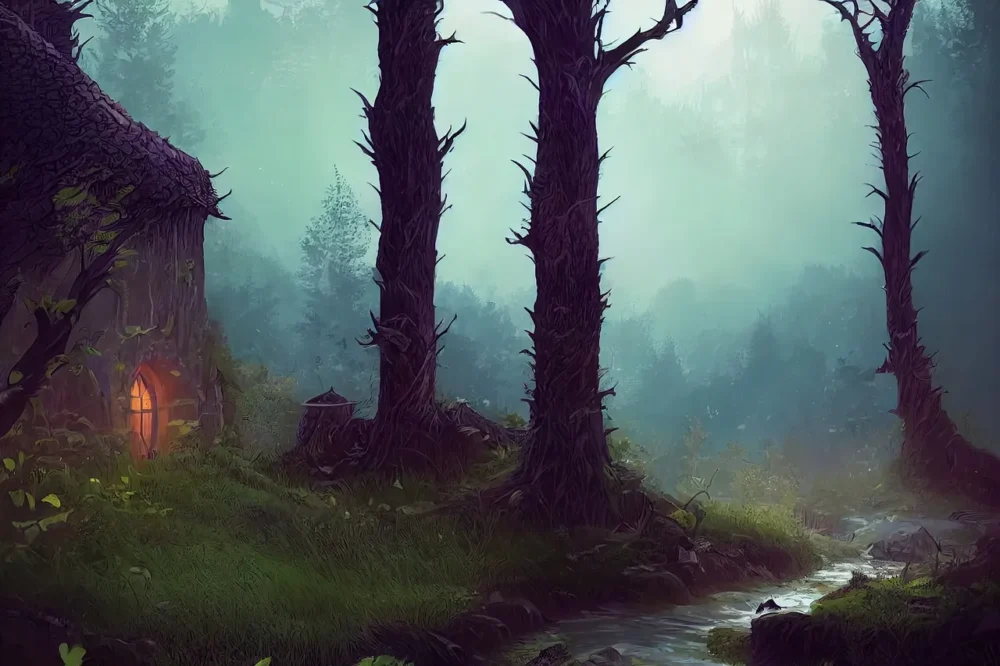By LEON YOUNGBLOOD
Having had only negative experiences with wild grapes in my youth, I guess it’s understandable I’d not realize the merits of native muscadines—Vitis rotundifolia—all the years I’ve been at Briar Circle. These muscadines are wild grapes that grow all over the place around the family’s wilderness property, but unfortunately, not on it. They produce fruit that ripens mid-September and October on strong, disease-resistant vines, and they’re pretty tasty, if you are willing to settle only for their juice. Otherwise, you’d need a tougher digestive system to handle the tough skins and seeds. Bears, deer, feral hogs, birds and numerous other woodland creatures can handle them with no problems, and they are attracted by the fruit’s sweet flavor. This is something to keep in mind, if you’re out hunting muscadines. Something bigger than you may be hunting them too.
BRIAR CIRCLE
Grapes are complicated things with over 60 species and 8,000 varieties. There are 150 varieties of muscadine in the South, all of them coming from a common ancestor, the afore mentioned Vitis rotundifolia, but they do not grow in clusters like the ones you find at the supermarkets. The fruits grow singularly, sort of like blackberries, and like blackberries, they’re black.
Muscadine vines are strong and hardy, and prefer their soil slightly acidic. They can get by with dappled sunlight, and are great climbers, which is why the best grapes are always just out of reach. They do not care for cold weather, though. Consequently, wild muscadines do well in southeastern Oklahoma, but do not care much for the rest of the state.
Neighbor Larry has made plenty of muscadine jelly from this season’s harvest, and I can attest to its excellence. The process was labor-intensive; Larry harvested the muscadines, washed them, cooked them, put them in sterilized Mason jars, and the end products are better than anything that comes off a store’s shelf. To me, it is an impressive feat.
Neighbor Kevin is making muscadine wine, and this will take more time than jams and jellies. Kevin harvested five buckets of grapes, washed them, stewed them, added pounds of sugar and yeast to them, and the last time I saw them, they were fermenting in 5-gallon buckets in a designated space in his dining room. Apparently, fermenting grapes need tending to all along, and it will be 2 or 3 months before the end product can be sampled and appraised. We are looking forward to it, though.
When I was a kid growing up down in Florida, my cousins and I could often be found playing under the scuppernong arbor in our grandparents’ back yard. A scuppernong is a bronze-colored muscadine, more or less, and is treated like one. Its skin is too tough to eat, but its juice is good, and I know homemade scuppernong wine was esteemed by many back in that day. Homemade wine, jams and jellies were not uncommon, but now—well, it is odd to see these practices still going on 60 years later. I’m glad they are, though.
Get a better reading experience and more on our daily newsletter. Subscribe for only $5 per month or $50 per year, support LeFlore County journalism and never miss one of our stories.
Discover more from leflorecountyjournal
Subscribe to get the latest posts sent to your email.





